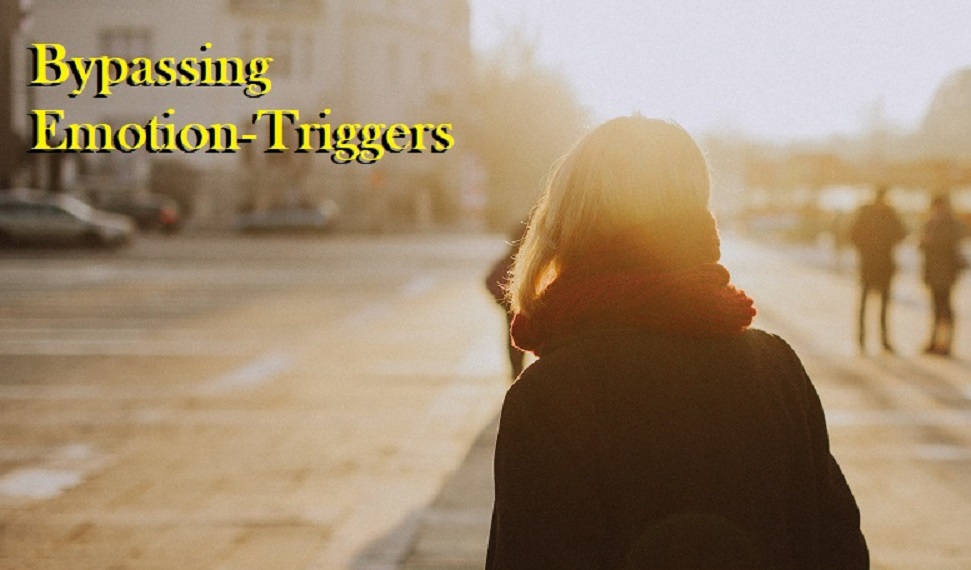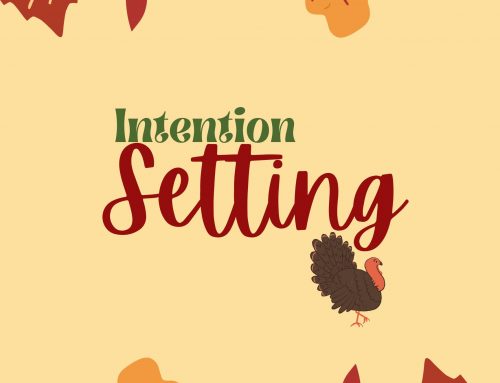I believe in being very precise with words, which is why I tend to avoid using the phrase “emotional eating.” After all, enthusiastically enjoying a fancy meal to celebrate a great achievement can be considered eating emotionally. One might also characterize sitting down to a hot bowl of soup to brighten up a gloomy day as eating emotionally, too.
Contrary to what some people might think, I do not believe that emotional eating is necessarily a bad thing. But I do believe that when one’s emotions are regularly triggered by commonplace provocations—say, arguments with a partner—and being triggered habitually leads to reaching for food as the go-to strategy for self-soothing… well, that dynamic probably is a problem.
One of the damaging aspects of emotion-triggered eating is that it has nothing to do with getting nutrition. In fact, it really has nothing to do with actual hunger.
In strictly cause-and-effect terms, the core of this troublesome pattern is not the emotion, but the trigger.
I PREFER TO USE THE PHRASE EMOTION-TRIGGERED EATING
Focusing on the trigger is useful, because it is the trigger that is directly wired to the undesirable eating habit. For people struggling with this dynamic, I recommend two steps:
1.) Identify the triggers
2.) Have strategies pre-prepared to soothe when triggers are activated.
Emotion-Triggered eating often involves eating too much. It can lend a sense of comfort, a sense of over-fullness amidst feelings of emptiness. (People have described a sense of being full as feeling like a “hug from within.”) For these people, food comes off like an old, dependable friend. Comfortable, soothing, predictable. But eating—or over-eating—when you’re not hungry has many negative consequences, many of them physical, others emotional.
There are as many reasons for each individual trigger as there are individual people dealing with emotion-triggered eating. All triggers, however, boil down to one common element: anxiety. Anxiety is the emotion at the root of emotion-triggers, and is brought on by feelings of stress. According to the American Psychological Association, 27% of adults admit to eating to manage stress.
So becoming aware of the sources of stress behind the triggers is a crucial first step.
OBSERVATION IS KEY
People who find they get triggered to eat by specific events would do well to take notice of what happens to cause the trigger. Keeping notes, or even an emotion-trigger diary, might help. Eventually, patterns may become clear, that certain types of events seem to elicit triggers that lead to unwanted eating.
WHY ARE WE TRIGGERED TO WANT CERTAIN FOODS?
In the earliest days of human existence, access to nutritious foods was limited. Human brain chemistry evolved for us to seek out such rare but critical food elements as fats, carbs, and sugars. These food elements were essential for survival. It is easy to imagine that prehistoric people unable to gather these foods would feel insecure and some level of life-or-death anxiety. On the other hand, it is also easy to imagine these same people—upon finding a generous amount of these foods—feeling secure and comforted.
But in our world—hundreds of thousands of years later—fats, simple carbs, and sugars are easily available. Available in portions way larger than our ancient ancestors would have ever found scavenging around the natural world.
Our physical characteristics have not evolved much beyond those of our long, long ago ancestors. Which is why—even in our modern day—when our emotions are triggered by stress and anxiety, the once-rare food elements of fats, simple carbs, and sugars still instinctively give us comfort.
EMOTION-TRIGGERED EATING IS REALLY ABOUT SOOTHING NEGATIVE FEELINGS
Stress and anxiety spark emotion-triggered eating. The impulse to eat, then, is a way to seek comfort and soothe the harsh feelings of stress and anxiety. The way around the impulse to over-eat is to not to pretend that those unpleasant emotions are not there, but to find another way to self-soothe. (Pretending one is not anxious when one is actually anxious only serves to create more stress.) Some ideas for self-soothing might be to have a relaxing bath, or take up an enjoyable craft, or dance in your kitchen to upbeat music, or watch a favorite old movie that holds happy associations for you, or… well, you get the picture. Whatever you choose, it is important to have in place a specific non-food strategy to seek comfort that you can use when triggered by stress or anxiety. That means having all relevant elements ready for use the moment you need them. As I mentioned in a previous blog, being prepared makes functioning easier.
TRY TO AVOID EMOTION-TRIGGERS
Finally, I should mention that it’s a good idea to avoid things that may set off triggers. It is true that there are unavoidable events and people that will trigger us. It is also true that some other triggers can be avoided. (For instance, if waiting too long to do an assignment creates stress for you, why not start the assignment before you get stressed out?) It is ironic that dieting (specifically, restricting one’s intake of food to lose weight) can elicit feelings of deprivation, which in turn can trigger feelings of stress and anxiety. I always suggest taking a mindful, no diet, Intuitive Eating approach… but that’s a subject for another time!





